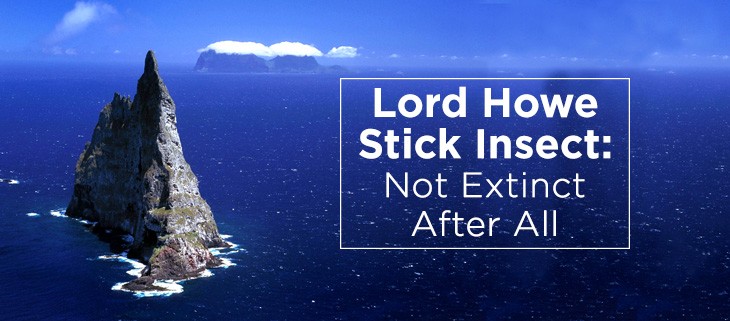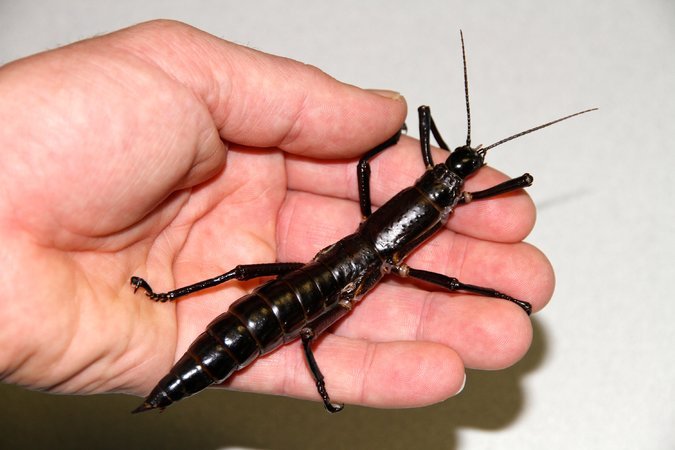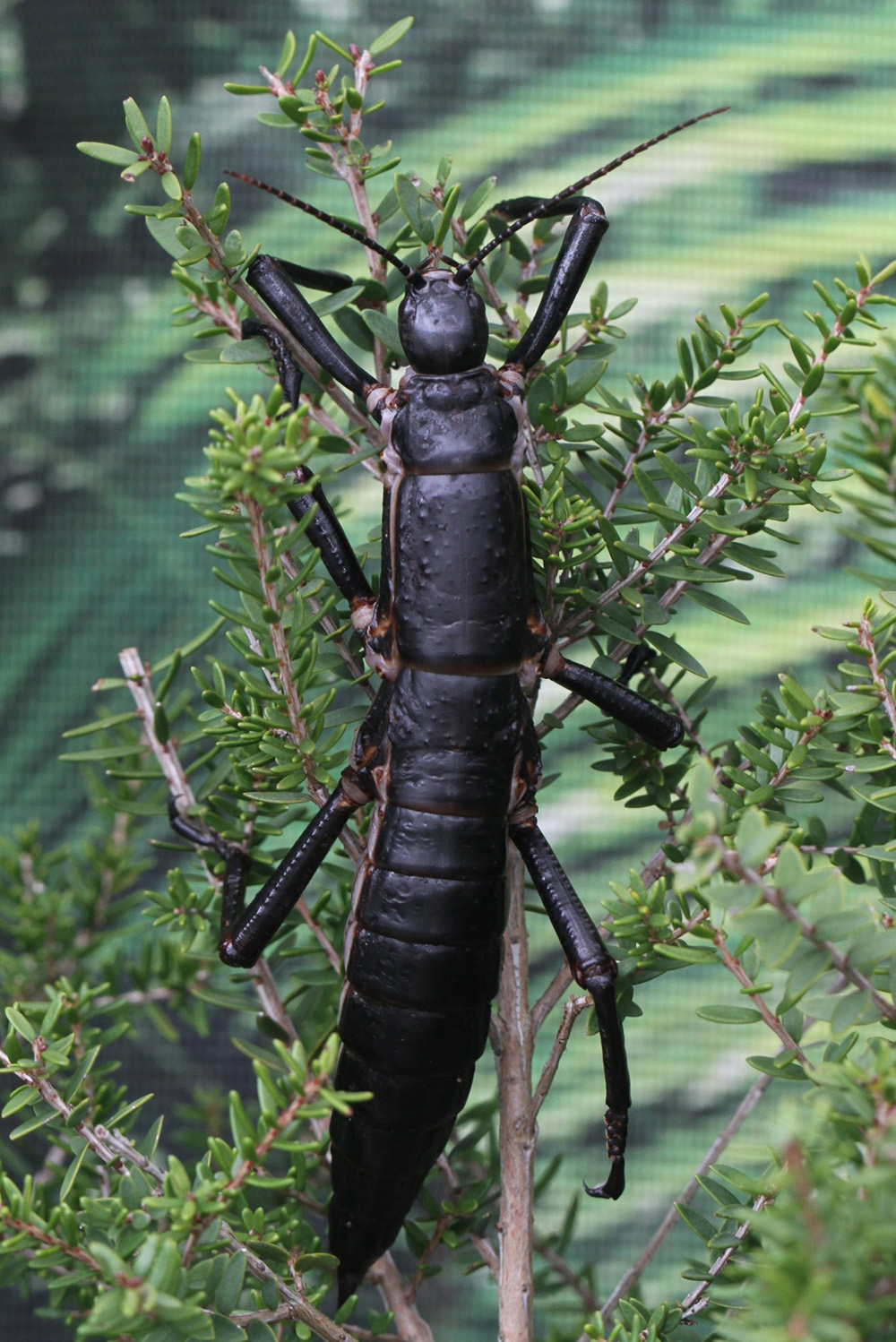May 19, 2025
UNOC 3 Position Paper
Read our position paper on The 3rd United Nations Ocean Conference (UNOC 3) to see why we're attending and what we aim to accomplish!
We use cookies to help you navigate efficiently and perform certain functions. You will find detailed information about all cookies under each consent category below.
The cookies that are categorized as "Necessary" are stored on your browser as they are essential for enabling the basic functionalities of the site. ...
Necessary cookies are required to enable the basic features of this site, such as providing secure log-in or adjusting your consent preferences. These cookies do not store any personally identifiable data.
Functional cookies help perform certain functionalities like sharing the content of the website on social media platforms, collecting feedback, and other third-party features.
Analytical cookies are used to understand how visitors interact with the website. These cookies help provide information on metrics such as the number of visitors, bounce rate, traffic source, etc.
Performance cookies are used to understand and analyze the key performance indexes of the website which helps in delivering a better user experience for the visitors.
Advertisement cookies are used to provide visitors with customized advertisements based on the pages you visited previously and to analyze the effectiveness of the ad campaigns.

For decades researchers have feared that the giant Lord Howe Stick Insect stick insect endemic to Australia’s Lord Howe Island had been driven to extinction by invasive rats. Rats came ashore on Lord Howe Island in 1918 following a nearby shipwreck, and within two years drove the insect to extinction—or so it was thought. The story of the now-famous Lord Howe Stick Insect began to take shape in 2001 when researchers on a nearby island—Ball’s Pyramid—found what appeared to be a related species.
The related species found on Ball’s Pyramid was thinner, darker in color, and had smaller spines than the stick insect remembered from Lord Howe Island. At the time genetic testing could not establish how closely or distantly related the specimens from Ball Pyramid were to the preserved specimens from Lord Howe Island. Cue technological advancements to move the story forward.

A new study by Dr. Alexander Mikheyev published in Current Biology has brought resolution to the great unanswered question: the species from Ball’s Pyramid are in fact one and the same as the supposedly extinct species from Lord Howe Island. Researchers do not know exactly what led to the different physical features of the species between islands, but knowing they are the same gives conservationists a starting point for supporting the diversity of species that existed on Lord Howe Island.

Since 2001, when the stick insects were discovered on Ball’s Pyramid, they have been bred in captivity in zoos around the world. These efforts serve as safety measures to prevent them from slipping toward the same fate as the individuals on Lord Howe. The forethought to protect these individuals offers hope for the future return of the species to their namesake island.
Today, Lord Howe Island still has invasive rats present but conservationists have been given the green light to remove the invasive species in order to protect native species. Such a restoration project would support the reintroduction of the Lord Howe Island Stick Insect to its rightful home.
Featured Photo: Ball’s Pyramid Island. Credit: Discovery Times
Source: The New York Times
Check out other journal entries we think you might be interested in.
Notifications